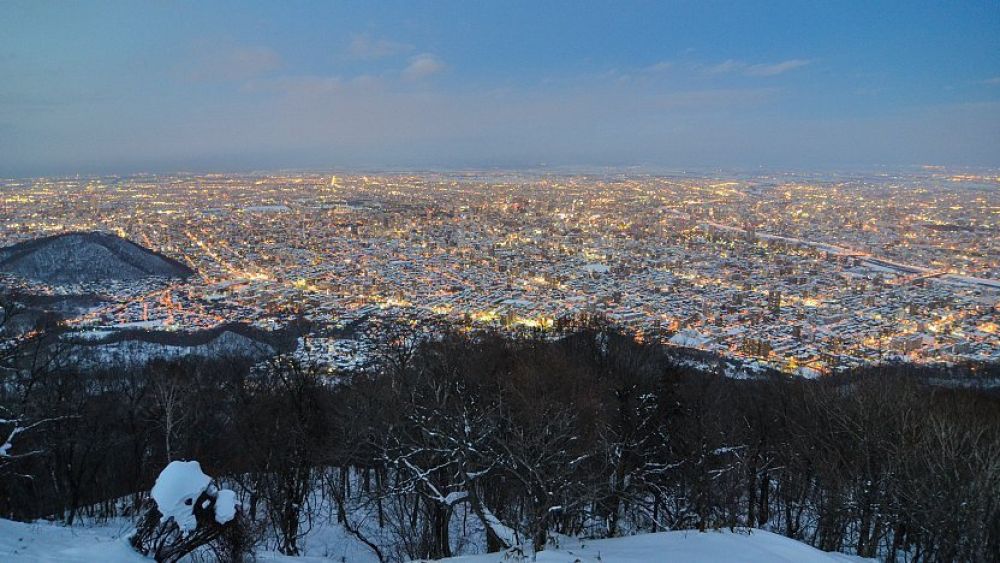

Nestled on the outskirts of Sapparo, the capital city of Hokkaido, Japan, Mount Moiwa has long been a natural escape for both locals and out-of-town visitors. Its initial draw was the panoramic view it offered of the city and the Ishikari plain. As early as the 1950s and 1960s, with the burgeoning of Sapporo as a prominent urban center, Mount Moiwa began to capture the interest of tourists seeking a mix of nature and city vibes.
Tourism in Mount Moiwa significantly advanced in preparation for the 1972 Winter Olympics in Sapporo. Recognizing the mount's potential, the city improved access to its summit, establishing a ropeway and a cable car system. This infrastructure turned Mount Moiwa into an alluring destination for sightseers year-round, offering a breathtaking vista of the twinkling city lights by night and serene nature walks by day.
In recent years, Mount Moiwa has embraced the era of digital connectivity. Online reviews and social media have played a significant role in the mountain's latest tourism trends. Visitors often share their experiences and photos of the spectacular cityscape and starry skies, attracting more global attention. Mount Moiwa has thus become a must-visit spot for travelers seeking to witness the awe-inspiring northern beauty of Japan.
Moreover, eco-tourism has also taken root. With a growing awareness of environmental preservation, Mount Moiwa offers visitors opportunities to explore the area through sustainable practices, including low-impact tours and educational programs about the local flora and fauna.
Another trend redefining tourism at Mount Moiwa is the introduction of personalized adventure experiences. From private night view tours to seasonal hiking excursions, the diversity of offerings ensures that Mount Moiwa remains an appealing year-round attraction for a variety of visitors, from couples seeking romance to families exploring the outdoors.
Mount Moiwa continues to stand as a testament to Sapporo's dedication to blending urban development with natural beauty. Its longstanding appeal and continual adaptation to modern tourism trends have solidified its position as one of Sapporo's premier destinations, leaving an indelible mark on Japan's tourism landscape.